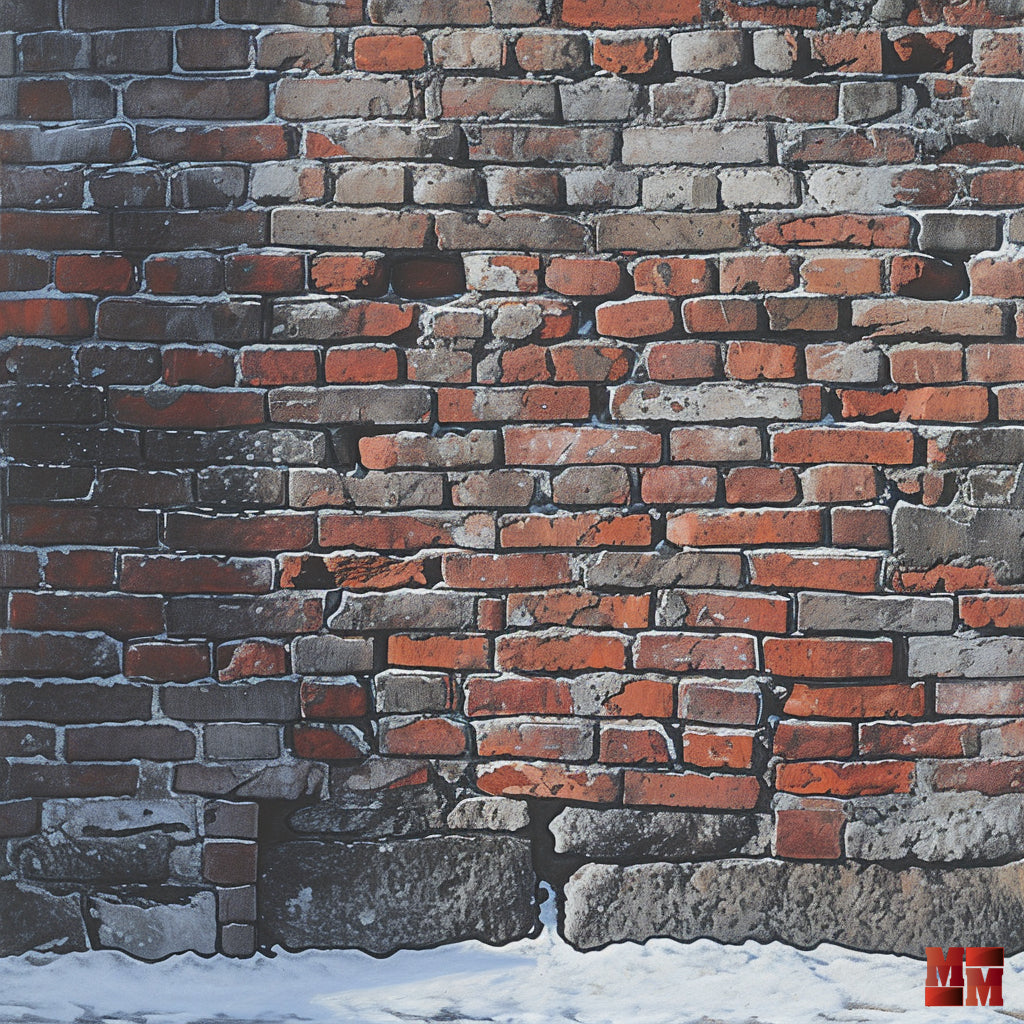How to Repair Masonry Joint Erosion?
Masonry is an ancient art that has shaped our world for centuries. Masonry structures, whether they are brick walls, gray stones, or concrete blocks, possess timeless beauty and impressive durability. However, even the sturdiest works can show signs of aging over time, and joint erosion is one of those common issues that building owners face. In this article, we will guide you on how to repair masonry joint erosion and provide valuable insights to maintain the integrity of your structures.
Understanding Masonry Joint Erosion
Before delving into the repair steps, it's crucial to understand what masonry joint erosion is. Joints are the spaces between bricks, stones, or concrete blocks filled with mortar. Over time, due to various factors such as exposure to weather, temperature changes, and general wear and tear, joints can begin to deteriorate and erode. This can create not only an unsightly appearance but also structural problems if left untreated.
Step 1: Preparation
Before diving into repairing eroded joints, it is essential to take necessary preparatory measures. Here's what you need to do:
- Clean the area: Use a wire brush to remove any dirt, dust, and debris from the affected joints.
- Inspect the joints: Carefully examine the joints to identify the extent of the problem. Note the most affected areas.
Step 2: Removal of Damaged Mortar
To repair eroded joints, you'll need to remove the damaged mortar properly:
- Use a chisel: With a chisel and hammer, carefully clear away the damaged mortar. Be sure not to damage the surrounding bricks, stones, or concrete blocks.
- Vacuum debris: Eliminate all loose particles and dust resulting from mortar removal. A vacuum cleaner can be useful for this step.
Step 3: Mixing New Mortar
The quality of the mortar you use is essential to ensure a solid and long-lasting repair. Be sure to:
- Choose the right mix: Opt for a mortar mix suitable for your type of masonry (bricks, stones, concrete blocks, etc.).
- Measure accurately: Follow the manufacturer's instructions for mixing the mortar with water. Do not over-dilute it.
Step 4: Applying New Mortar
Applying the new mortar is a crucial step in restoring your masonry joints. Here's how to proceed:
- Moisten the joints: Before applying the mortar, spray water onto the existing joints. This will help prevent the fresh mortar from drying too quickly.
- Apply the mortar: Use a trowel to push the mortar into the joints evenly. Ensure it is well compacted.
- Smooth the surface: Once the mortar is in place, use a mason's brush to smooth the surface and achieve a uniform appearance.
Step 5: Finishing
The final step is to ensure a clean and professional finish:
- Clean up excess mortar: Wipe off any excess mortar on the bricks, stones, or concrete blocks with a damp sponge.
- Allow drying: Give the fresh mortar enough time to harden properly. Follow the manufacturer's recommendations for drying times.
Tips for Ongoing Maintenance
Now that you have successfully repaired joint erosion in your masonry, here are some tips to prevent future issues:
- Regular inspection: Conduct periodic inspections of your masonry to spot any signs of joint deterioration.
- Seal the joints: Apply a sealer to the joints to protect against moisture and weather.
- Maintain drainage: Ensure that the drainage system around your masonry is in good condition to prevent water infiltration.
Calling in Masonry Professionals in Montreal
While repairing joint erosion may be a manageable task for seasoned DIY enthusiasts, it is always recommended to seek the assistance of masonry professionals in Montreal for more significant or complex projects. They have the expertise needed to ensure that repairs are carried out correctly, preserving the integrity of your structures while giving them a flawless appearance.
At Maçonnerie Montréal, we have extensive experience in masonry repair and maintenance throughout the Greater Montreal area, including Laval, Longueuil, the South Shore, and the North Shore. Our team of professionals is dedicated to preserving and restoring your masonry, whether it's brick walls, gray stones, concrete blocks, or other types of masonry. Trust us to maintain the beauty and durability of your architectural heritage.

